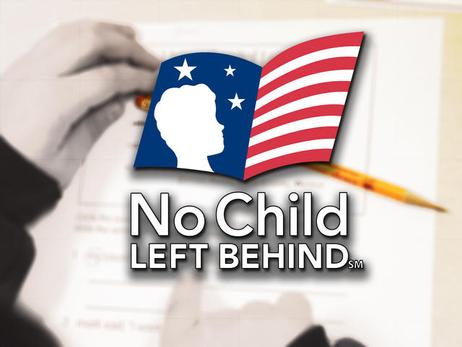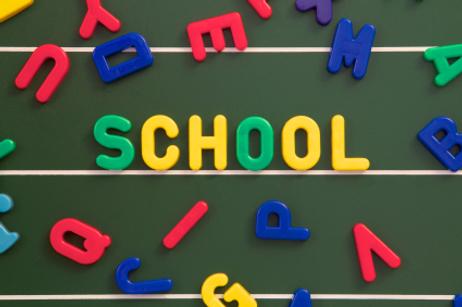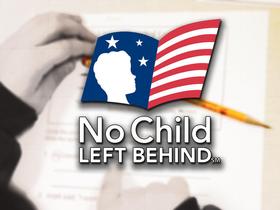As a parent, you’re always looking out for your children, trying to make the best decisions for them and their futures. When it comes to schooling, parents often have to work out whether to send their children to private school or keep them in public school. Hopefully, this article will help you decide which school is best for your family. We’ll first talk generally about some of the different factors that impact decisions regarding public and private schools. Then we’ll go over some national statistics regarding public and private schools. Finally, we’ll leave you with a conclusion that should help you decide what is best for you.
Factors affecting Private versus Public school decisions
Public schools are schools that are provided by state and federal funding. Ninety percent of the children today in America attend public school. Private schools include both parochial schools and non-parochial schools. According to a special report published by the National Center for Education Statistics (NCES) in 2002, in 1999–2000, approximately 27,000 private schools accounted for 24 percent of all schools in the US and 12 percent of all full-time-equivalent teachers. Clearly, there are many more public schools that provide education to American students than their private counterparts.
When looking at public or private schools, the following factors come into play:
- Academic reputation and college preparation
- School size and class size
- Safety reputation
- Special programs
- Costs
- Religious and Moral instruction
- Location
- Ideology
Academic reputation plays a big role when considering private versus public schools. School systems vary greatly in their academic






















